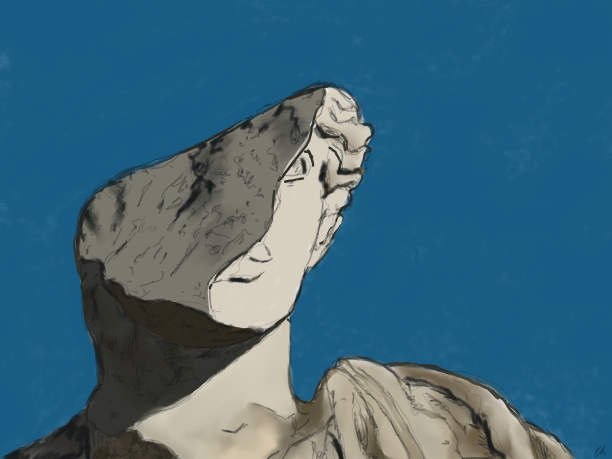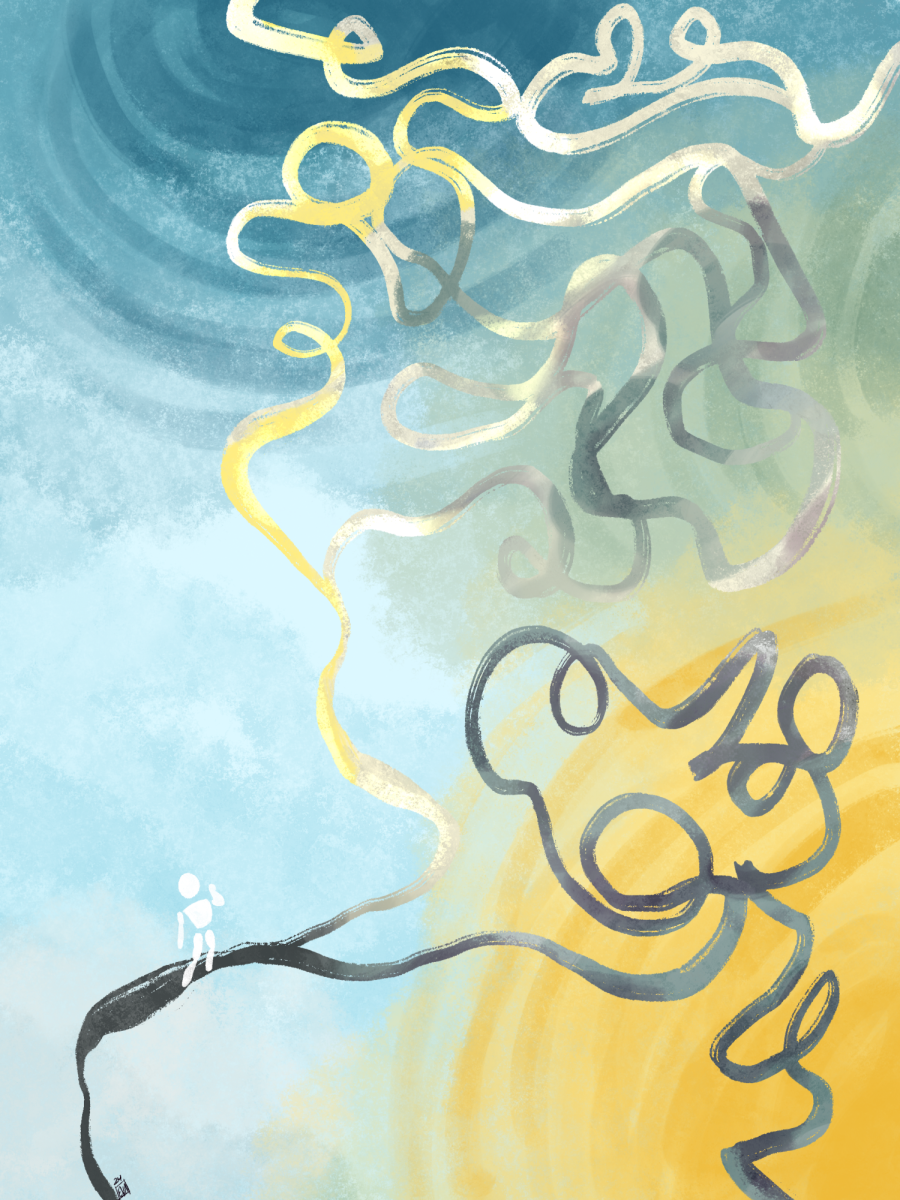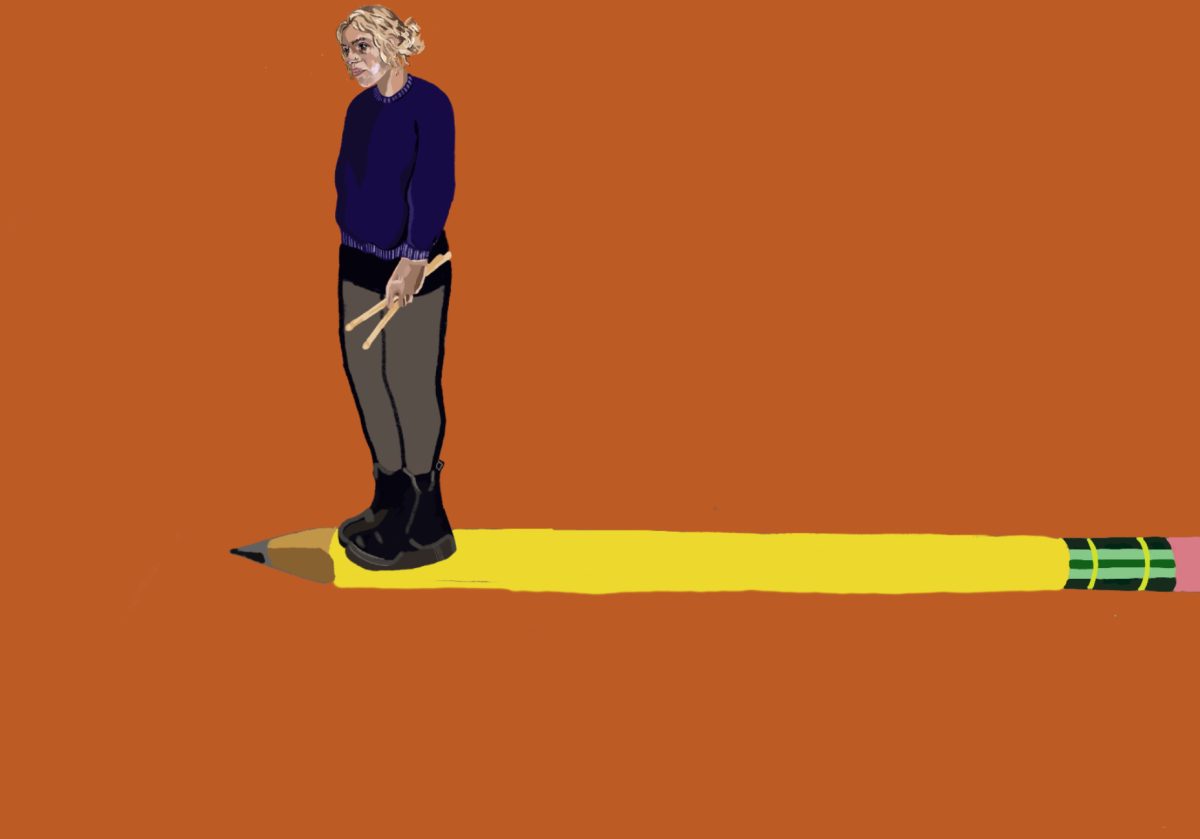On the eve of March 16, Jews will don their silliest costumes and drink more than Manischewitz to celebrate the holiday otherwise known as, “They Tried to Kill Us, We Survived, Let’s Eat” par excellence: Purim. It is the infamously messy Jewish Mardi Gras enacted to remember how Persian Jews narrowly escaped extermination at the hands of the malevolent vizier Haman. We are now in the cheeriest month of the Jewish calendar—Adar—where we read the Purim story from “The Scroll of Esther”(Megillat Esther in Hebrew) in synagogues worldwide—counting those in Iran, which houses the shadow of an illustrious and established Jewish community that has existed for 2,700 years.
Nonetheless, given that Iran just saw out the term of a president who is denying the historical fact of the Holocaust while invoking a Middle Eastern one, it’s not hard to believe that the occasionally persecuted Jews of Iran might not read Purim as an obviated calamity, but as calamity to come.
A tale of payback and restoration, Purim is gripping, romantic, droll, and regarded as a historical satire. It surfaced around 2,400 years ago—not long after the Babylonians exiled the Jews. In the scroll, King Xerxes of the Persian Empire summons beautiful virgins from all over to find a new Queen, and out of all the ladies chooses Esther. The new Queen conceals her Jewishness while her cousin/father, the steadfast Mordechai, decidedly does not, ultimately refusing to bow to the king’s right hand man, Haman, as a Jew does not kneel down to a man, which enrages him. In his fury Haman wants to make all the Jews pay for Mordechai’s defiance. He approaches Xerxes with his proposition to eliminate the Jews, the King hands over his signet ring in approval, and the genocide is set in motion.
What is Esther to do? After fasting for three days to prepare herself, she divulges to the King that she is in fact a member of the tribe Haman now persecutes. Shaken into some understanding, the King commands Haman to be hanged on the gallows initially erected for Mordechai. Unfortunately, at this time even Xerxes is incapable of reversing the genocidal decree, so alternatively, he permits Jews to arm in self-defense, and, on the day of the planned butchery, the Jews do the slaying.
I am writing about this in a secular paper, because Purim has grown over-politicized in many circles. As a Persian Jew, I am bombarded by these sentiments around this time of year. Because of its Persian background, the story is often used to draw a connection to the current Iranian regime. In March of 2012, prime minister of Israel Benjamin Netanyahu gave the scroll as a gift to Obama in the midst of talks on thwarting Iranian nuclear capability. Not surprisingly, many are so caught up in modernizing the story to fit contemporary Middle East politics that its philosophical significance has been left in the dust.
Though Purim transpired thousands of years ago in a land far, far away, it’s remarkably modern; not by relating to the Iranian nuclear threat, or Zionist oppression, but by maturely facing a statement later affirmed by Nietzsche, that “God is dead.” “The Scroll of Esther” is one of only two biblical books missing any mention of God, focusing instead on the individual and the outcomes of her actions.
We masquerade on Purim to remember that we live in the era where God “hides his face.” Purim marks the turn from the “open miracles” in previous books of the Bible, which are impossible under the laws of nature, to hidden miracles; it marks the switch from prophecy to Torah study and good deeds as ways to connect to the divine in the modern era. After all, Maimonides explains that “All the books of the Prophets and all the Writings will be annulled in the days of the Messiah, apart from Megillat Esther”(Mishneh Torah, Hilkhot Megilla, 2:18). Why is this satirical fairy tale of princesses and kings, heroes and villains so indispensable?
In the language of the scroll, the Jews of Persia saw their world undergo whimsical volte-face—“grief turned into joy, a day of mourning into a day of celebration.” With Purim we acknowledge the seeming arbitrariness of the world felt by the modern man. But instead of this being a reason to give up, it turns into a commitment to communal responsibility, social justice, and action. God’s absence in the story invites man to engage in god-like activity of his own. The tools we have to make sense of life’s randomness and fragility are respecting and nurturing the loving relationships that keep us going, and helping those whose fortunes are not as fortunate. While we can’t control the whimsy of the universe, we can control how we deal with it.
We come face to face with the chaos and ethical uncertainty of Purim by doing as the scroll proscribes: giving gifts to friends and family, and charitably donating to the poor. We drink until we can’t tell the difference between “Cursed be Haman” and “Blessed be Mordecai” (the sages, of course, disagree on how drunk that actually is); we realize that not everything is black and white, that good and bad are often intertwined—we drink to withhold judgment. We dress up for concealment, while revealing the hidden side of ourselves. Once a year we understand that sometimes inebriated carousing is the only proper response to the fraught vulnerability in this world.








